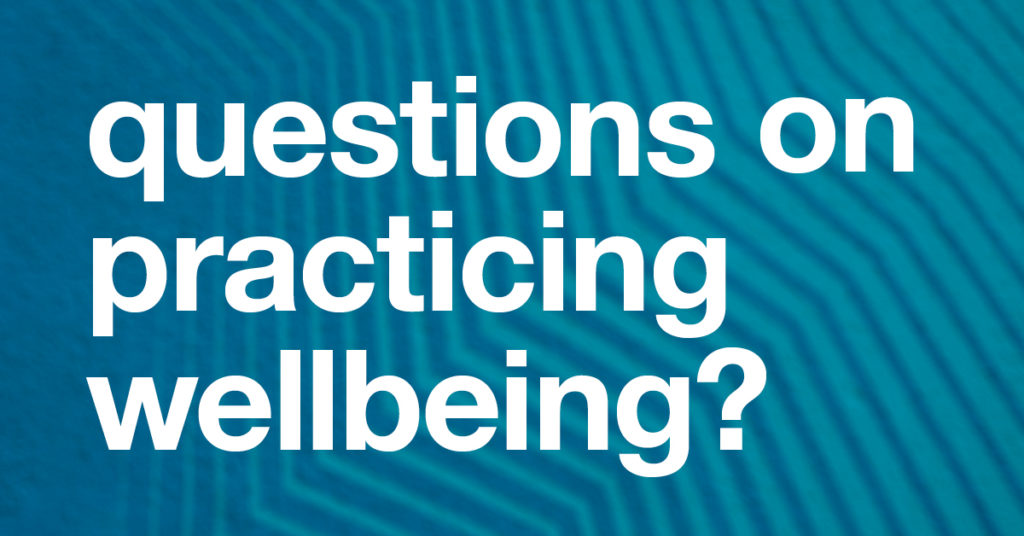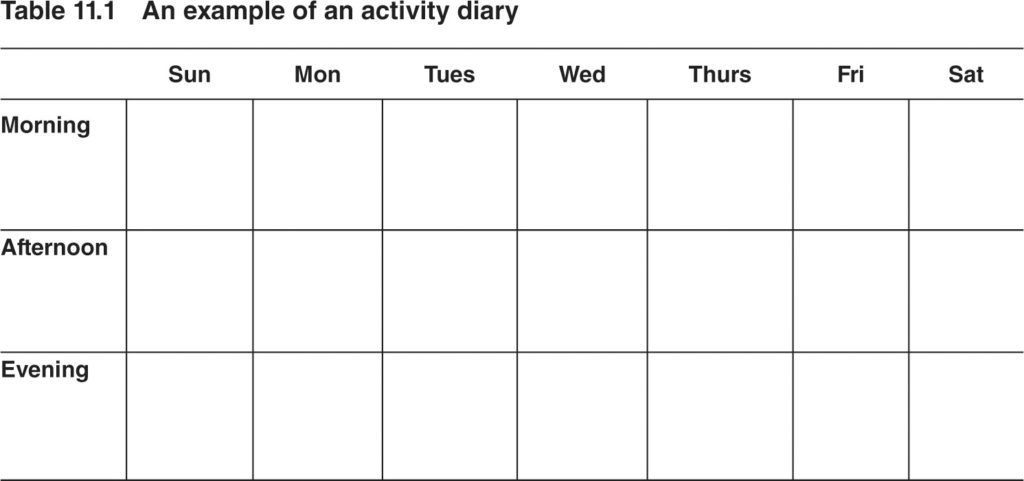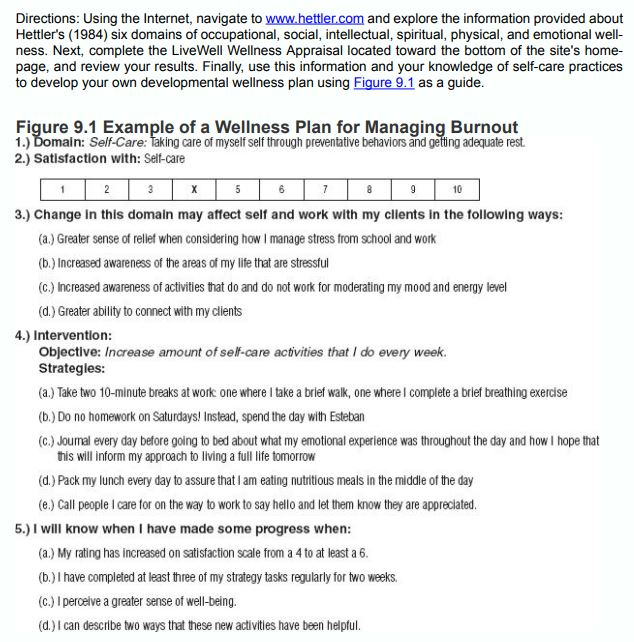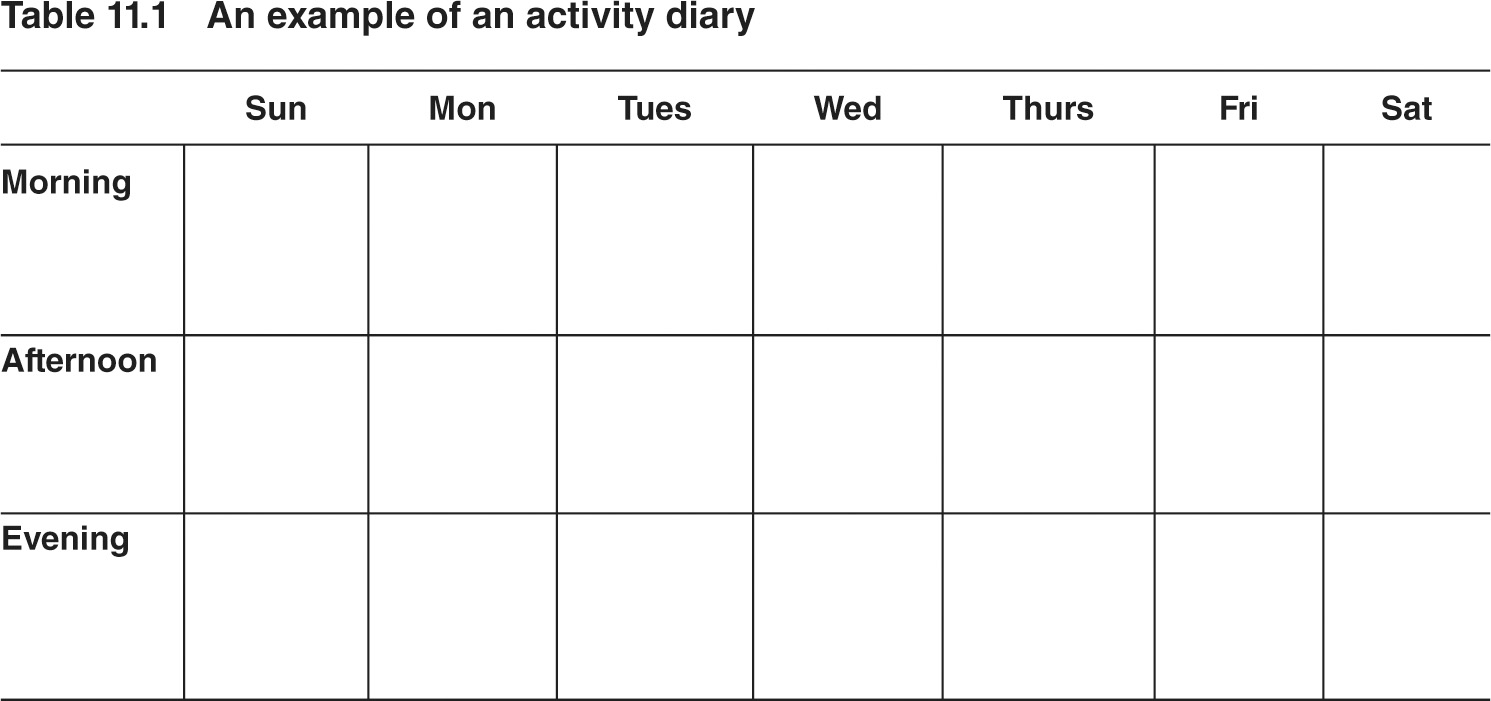How Researchers, Instructors, and Students Can Practice Wellbeing During the COVID-19 Pandemic
Brought to you by social and behavioral research

In a recent study conducted by the COVID-19 International Behavioral Science Group, none of the respondents— quarantined individuals in Italy—said they were completely without anxiety when it came to the pandemic. This response makes sense—not only are we constantly reading and speaking about a difficult situation, but many of us are also facing economic, educational, social, and medical hardships right now. Couple that with the lack of in-person interactions with our families, friends, and counselors, and many are navigating unfamiliar territory.
The good news is that social and behavioral research suggests many ways to calm your anxiety and practice wellbeing during this time of many unknowns. SAGE Publishing, the parent of Social Science Space, has opened various resources to support not only your own emotional health, but also the health of those around you, such as your children, students, and colleagues.
The Basics
What is self-care? How is it defined and what is its value?
“Self Care for Healthcare Professionals” by Cynthia Brown. Part of the SAGE Video collection
In this video, Dr. Cynthia Brown, an associate professor at the University of West Virginia, introduces self-care. While the video was made for individuals working in healthcare, its overview is useful for everyone.
What can I do to promote wellbeing?
“Looking After Yourself” in Health Psychology in Nursing Practice (2016) by Elizabeth Barley
This chapter shares five ways to wellbeing, positive psychology interventions, and an introduction to mindfulness. Scroll down to the section entitled “Improving Wellbeing” for an explanation of the five ways, as well as suggested activities (such as keeping a gratitude journal or writing ‘thank you’ letters) to improve mindsets.

Now that I know what I want to do, how do I start doing it?
“Activation for Physical and Mental Wellbeing” in Health Promotion and Wellbeing with Mental Health Problems (2017) by Tim Bradshaw and Hilary Mairs
“Behavioural activation…benefits from being facilitated in a structured way,” write the authors of this chapter. In the section entitled “The Structure of Behavioural Activation,” they break down the six stages of adopting a new wellbeing practice. Included is an “activity diary” template to help you set time throughout the day to implement new habits that will boost your wellbeing.
At Home
How can I promote wellbeing in my children and/or students?
“Social and Emotional Wellbeing and Mental Health” in Supporting Children’s Health and Wellbeing (2017) by Jackie Musgrave
This chapter shares insight as to how to understand a child’s current wellbeing, including research on at-risk students, different approaches parents and educators can take to promote mental health, and therapeutic interventions.
How can I practice mindfulness with my family?
“React or Respond: A Guide to Apply Mindfulness for Families and Therapists” in Families in Society: The Journal of Contemporary Social Services (2011) by Maria Napoli
“Mindfulness has been described as the ability to pay attention to one’s present experience without judgment. This article attempts to integrate the understanding of mindfulness with tools for application for families and therapists.” The article includes five concrete tools for practicing with a family at home.
At Work/School

How do I manage burnout?
“Wellness and Self-Care for Professional Counselors” in Introduction to Professional Counseling (2015) by A. Stephen Lenz and Varunee Faii Sangganjanavanich
While this title is for those in professional counseling, its content is applicable to everyone. Scroll down to Exercise 9.4 to learn about the six domains of occupational, social, intellectual, spiritual, physical, and emotional wellness. The exercise includes a template to help you develop your own developmental wellness plan, along with examples of activities in each domain to get you started. Exercise 9.5 provides insight to stress analysis, including methods to begin managing stress.
How do I practice a good work/life balance?
“Valuing Our Own Health and Wellbeing and Improving Work/Life Balance” in Resilience and Personal Effectiveness for Social Workers (2016) by Jim Greer
Key concepts in this chapter include determining priorities for work and personal lives, creating boundaries, and developing “inner stillness.” The chapter includes research-based exercises to practice, as well as research on the importance of sleep and physical activity.
How can students participate in self-care?
The Student Guide to Mindfulness (2019) by David Mair
Using the ideas of SAGE author David Mair, this mindfulness hub details tips for students who may be stressed by the current situation, whether isolated as universities close, or worried about studying and assignments.
How can I encourage wellbeing amongst my employees?
“Coaching for Wellbeing at Work” in Coaching in Professional Contexts (2016) by Lindsay G. Oades
This chapter shares guidance for employers and managers to improve wellbeing at work, including research on its importance, different forms of coaching, common challenges to wellbeing at work, and practical solutions.
































































































